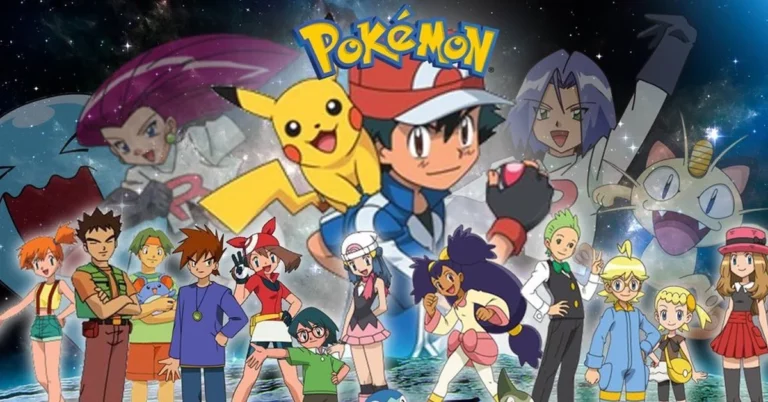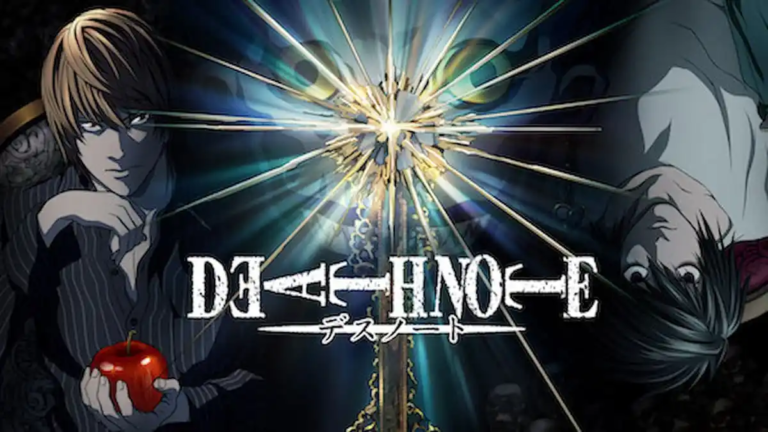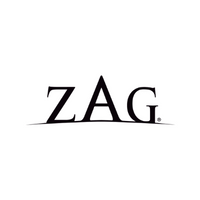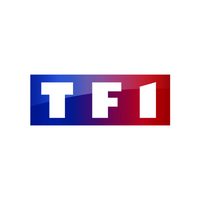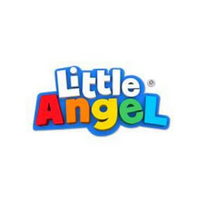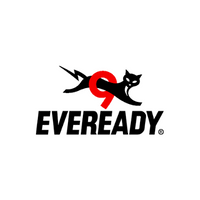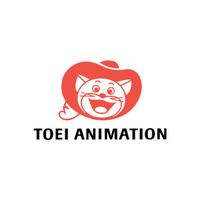Anime Great Showdown: Netflix & Amazon versus Apple and 4 Giants
Anime on Demand: A Comparative Analysis of Top Video Streaming Entertainment Providers
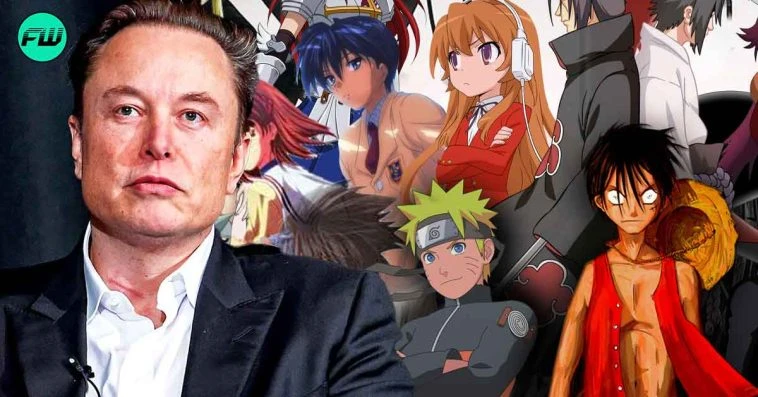
Anime has evolved from a niche interest to a global cultural phenomenon, captivating millions of viewers worldwide. The surge in demand for Japanese animation has prompted major video streaming entertainment providers and media distributors to expand their content libraries to cater to anime enthusiasts. In this article, we will delve into the dedication of seven prominent platforms, Netflix, YouTube, Instagram, Disney, Facebook, Amazon, and Apple, to anime content. We will grade them based on their commitment to anime, compare their budget allocations for anime supply, and provide insightful statistics on the distribution of their animation budgets between anime and 3D animation.
Grading the Anime Commitment (7 to 1):
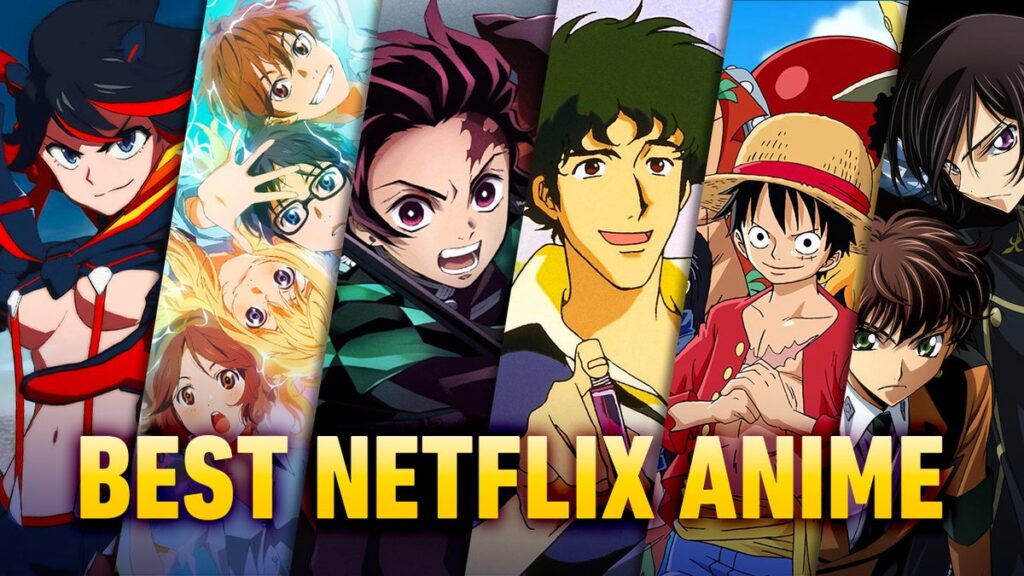
Netflix (7): Netflix has emerged as a dominant force in the streaming industry, and its commitment to Japanese animation is no exception. The platform has consistently invested in a wide array of anime titles, ranging from popular mainstream shows to niche and original productions. Its strategic partnerships with prominent Japanese studios and willingness to fund new and innovative manga-animation projects have cemented its position as a premier destination for anime enthusiasts.

Amazon (6): Amazon Prime Video has shown a significant commitment to animated manga by licensing popular Japanese animation series and producing exclusive content. By partnering with renowned anime studios, Amazon has secured a strong lineup of anime titles for its streaming platform. This dedication has garnered Amazon a loyal anime-watching audience, solidifying its position as a major anime distributor.

Disney (5): Disney’s commitment to anime has fluctuated over the years. While it has occasionally released popular anime films through its subsidiaries (e.g., Studio Ghibli films through Disney’s distribution arms), its core focus remains on traditional animated and live-action content. However, with its acquisition of major entertainment studios, such as 20th Century Fox and Marvel, Disney’s potential for manga-animation expansion has increased.
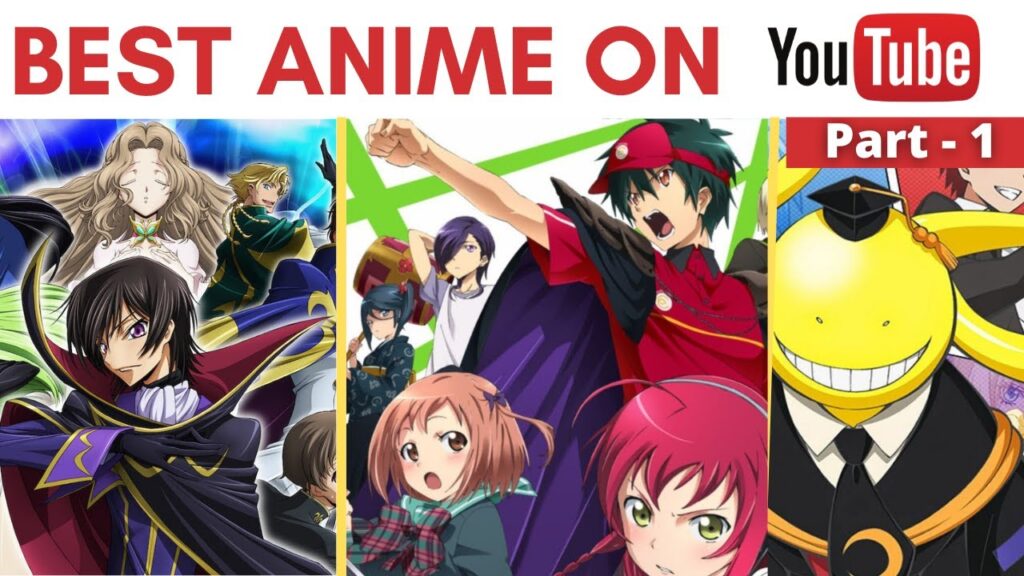
YouTube (4): YouTube’s approach to Japanese -animation is more decentralized, as it primarily serves as a platform for user-generated content. While it does not directly invest in anime production, it fosters a vibrant community of anime creators and fans. Many Japanese studios and independent creators utilize YouTube to showcase trailers, clips, and even full episodes of Japanese animation series. While not a direct supplier, YouTube plays a crucial role in promoting and popularizing animation content.

Apple (3): Apple TV+ initially had a limited selection of anime content, but over time, it has increased its offerings in response to growing demand. While not as robust as some of its competitors, Apple’s commitment to expanding its Japanese animation library demonstrates its recognition of the genre’s significance among viewers.
Instagram (2): Instagram, being a photo and short-video sharing platform, does not prioritize anime content in the same manner as dedicated streaming services. While some anime-related content can be found through hashtags and profiles, it lacks a structured approach to anime supply. Instagram’s focus on visual content may appeal to Japanese animation fans looking for artwork and illustrations related to their favorite series, but it falls short compared to dedicated streaming services.
Facebook (1): Similar to Instagram, Facebook’s platform is not tailored for Japanese animated manga enthusiasts. While animation -related content can be found on various fan pages and groups, the platform’s primary focus lies in social networking and user-generated content. As a result, the availability of anime content on Facebook is limited and lacks the structured supply found on dedicated streaming services.
Budget Allocation for Anime Supply:
Analyzing the specific budget allocation for Japanese animation supply can be challenging, as companies rarely disclose detailed financial breakdowns. However, based on industry reports and partnerships, we can draw some general conclusions.

Netflix: The streaming giant allocates a significant portion of its content budget to anime. Reports suggest that Netflix’s anime budget has grown steadily over the years, reflecting its commitment to investing in high-quality anime productions.
YouTube: As a platform for user-generated content, YouTube does not directly allocate a budget for anime supply. Instead, its creators finance their anime-related projects independently or partner with sponsors.
Instagram: Being primarily a photo-sharing platform, Instagram does not have a dedicated budget for anime supply. Users and content creators share anime-related posts and artwork without direct financial backing from the platform.
Disney: While Disney’s primary focus is on traditional animated and live-action content, it occasionally invests in licensing anime films for distribution. However, compared to other genres, the anime budget at Disney is relatively smaller.
Facebook: Similar to Instagram, Facebook does not have a specific budget for anime supply. The availability of anime content relies on the activities of individual users and fan groups.
Amazon: Amazon has made substantial investments in acquiring licenses for popular anime series and producing exclusive content. Its anime budget is notable, and the company actively seeks to secure a diverse range of anime titles.
Apple: Apple TV+ is relatively new to the anime scene, and its anime budget may not be as extensive as more established players like Netflix and Amazon. However, as its anime library grows, Apple’s budget allocation for anime supply is likely to increase.
Percentage of Animation Budget: Anime vs. 3D Animation:
Analyzing the percentage of each platform’s animation budget allocated to anime versus 3D animation can provide valuable insights into their priorities.
(Note: Unfortunately, due to the lack of specific financial disclosures from the companies, we cannot provide exact statistics on the percentage allocation. The following analysis is based on industry trends and assumptions.)
Netflix: With a strong commitment to anime, Netflix is likely to allocate a considerable portion of its animation budget to anime content. As for 3D animation, Netflix also invests significantly in this category, particularly for animated series and movies produced by their in-house studios.
YouTube: YouTube’s animation content is predominantly user-generated, encompassing a broad range of styles and techniques, including both anime and 3D animation. The platform’s animation budget distribution may vary depending on user-generated content and sponsored projects.
Instagram: As a photo-sharing platform, Instagram does not have a specific animation budget. However, it caters to visual artists and animators who may create short animated clips, including both anime and 3D animations.
Disney: Disney’s animation budget is primarily allocated to traditional 3D animation, which has been the company’s forte for decades. While Disney occasionally licenses and distributes anime films, its main focus remains on 3D animation.
Facebook: Like Instagram, Facebook’s animation content is driven by user-generated posts. The platform does not have a dedicated animation budget, and its allocation for both anime and 3D animation depends on user activity.
Amazon: With a growing anime library, Amazon is likely to allocate a significant portion of its animation budget to anime content. However, it also invests in 3D animation for various animated series and films.
Apple: As Apple TV+ expands its anime offerings, the percentage of its animation budget dedicated to anime may increase. However, the majority of its animation budget may still be directed towards 3D animation for other original content.

In conclusion,…
… the dedication of video streaming entertainment providers and media distributors to anime varies significantly. Netflix and Amazon stand out with their robust commitments, investing substantial budgets to cater to anime enthusiasts. YouTube and Instagram, on the other hand, adopt a more decentralized approach, with anime content being largely user-generated. While YouTube serves as a platform for a diverse range of anime-related content, Instagram caters to anime fans through visual artwork and illustrations.
Disney’s commitment to anime has been more sporadic, with its core focus remaining on traditional 3D animation. However, Disney’s recent acquisitions of major entertainment studios may signal potential growth in its anime supply. Facebook also follows a decentralized approach, with anime content being driven by user activity rather than direct investment.
Apple TV+ is steadily expanding its anime library, acknowledging the genre’s growing popularity, but it still has ground to cover compared to established players like Netflix and Amazon.
Regarding budget allocation, Netflix and Amazon are likely to devote a considerable portion of their animation budgets to anime content, recognizing its immense appeal and global reach. Disney and Apple, while growing their anime offerings, are expected to maintain their focus on traditional 3D animation for the majority of their budgets.
While specific statistics on the percentage allocation between anime and 3D animation remain elusive, it is evident that anime has become a substantial and lucrative segment for many entertainment providers. As the demand for anime continues to rise, platforms will likely continue investing in this genre to capture and retain a loyal fanbase.
In conclusion, the world of anime has found a solid footing in the streaming industry, attracting an ever-expanding audience. Whether it’s Netflix’s diverse anime catalog, YouTube’s bustling community of creators, or Amazon’s exclusive productions, each platform caters to the anime fandom in its unique way. As technology and streaming services evolve, it is exciting to anticipate further growth and innovation in the anime landscape, making it an even more integral part of our global entertainment experience.



